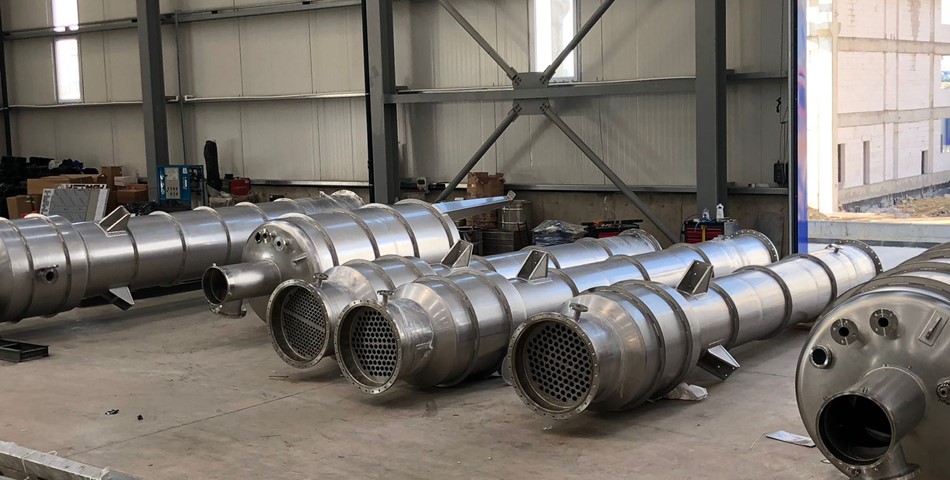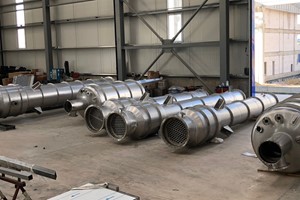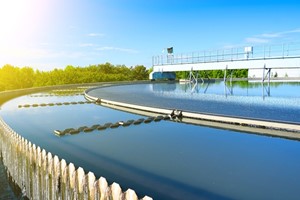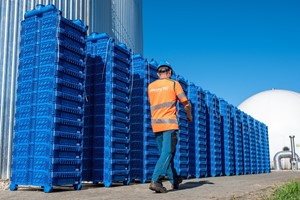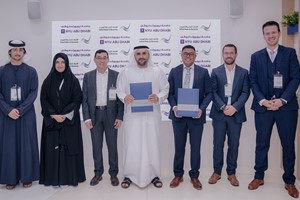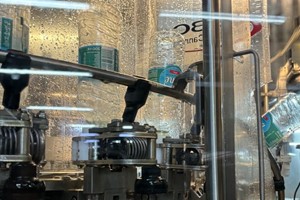The technological advancement in applications of membrane processes was efficiently explored in recent decades due to huge demand for potable water. However, relatively little improvements have been reported in the management and handling of the major by-product, called reject water or brine.
The disposal or management of desalination brine (concentrate) is expensive and faces major environmental challenges. In spite of the scale of this economic and environmental problem, the options for brine management have been limited.
This brief review presents an overview of the existing methods on brine treatment, minimization, and disposal practices based on the newest and most updated technologies.
Processes capable of reducing the concentrate, either directly from the conventional RO or the volume-reducing processes to zero liquid discharge (ZLD), (i.e. sufficiently dry salt or other solid to be land filled) were evaluated as a means for final concentrate disposal. Specifically, the analysis focused on mechanical evaporation. Mechanical Evaporation Mechanical evaporation can process concentrate by converting the water component into condensable water vapor, leaving behind a sold to be land filled.
BIODOS & WATERLAND developed combination of technologies used for this purpose is a vertical tube falling film brine concentrator followed by a forced-circulation crystallizer. This arrangement of evaporation equipment is typically the most economical and, therefore, selected for use as one ZLD alternative for RO concentrate treatment.
Vertical Tube Falling Film Brine Concentrator High TDS and saturation of low-solubility scaling salts such as calcium sulfate (CaSO4) and silica (SiO2) limit the percentage of water that can be recovered in a conventional evaporator system. The brine concentrator uses a unique process called seeded slurry evaporation to overcome the limitation imposed on conventional evaporators by the saturation limits of low solubility scaling compounds.
The seeded slurry process involves establishing and maintaining slurry of CaSO4seed crystals in the circulating brine in the evaporator. With careful thermal and mechanical design, CaSO4 and SiO2 can precipitate preferentially on the recirculating seed crystals instead on the tubes. The ultimate concentration achievable in the brine concentrator is limited by the boiling point elevation of the brine, the relative concentrations of sulfate and chloride.
Brine Crystallizer The crystallizer is a forced-circulation-type evaporator, which is specially designed to precipitate, grow, and handle crystals in the concentrate as water is continuously evaporated. Recirculated concentrate is pumped through the forced-circulation heat exchanger, where it is heated above its normal boiling temperature with steam. It requires 65–80 kWh of power per 1000 liters of crystallizer feed. Boiling of the concentrate in the heat exchanger is suppressed due to sufficient static head. The heated concentrate then enters a flash tank operating at a slightly lower pressure, causing flash evaporation of water and crystallization of salts in the brine.
High recirculation rates are used to keep the velocity on the heated surface high, avoiding the formation of scale on the heat transfer surface and increasing heat transfer efficiency. The slurry produced in the crystallizer is dewatered in the belt filter and the liquid portion is returned to the crystallizer for further concentration. When the salt cake accumulates on the belt filter to a predetermined level, an automatic sequence is initiated which advances the belt and dumps the salt cake into a hopper for disposal.
The primary obstacle in implementing mechanical evaporation for the disposal of RO concentrate is the size and complexity of the equipment. For example, a falling film brine concentrator for a 0.6 million liters-per-day (MLD) concentrate stream is approximately 25 CaSO4•Na2SO4 and the solubility of the sodium salts. The brine discharged from the brine concentrator is further concentrated in the crystallizer.



